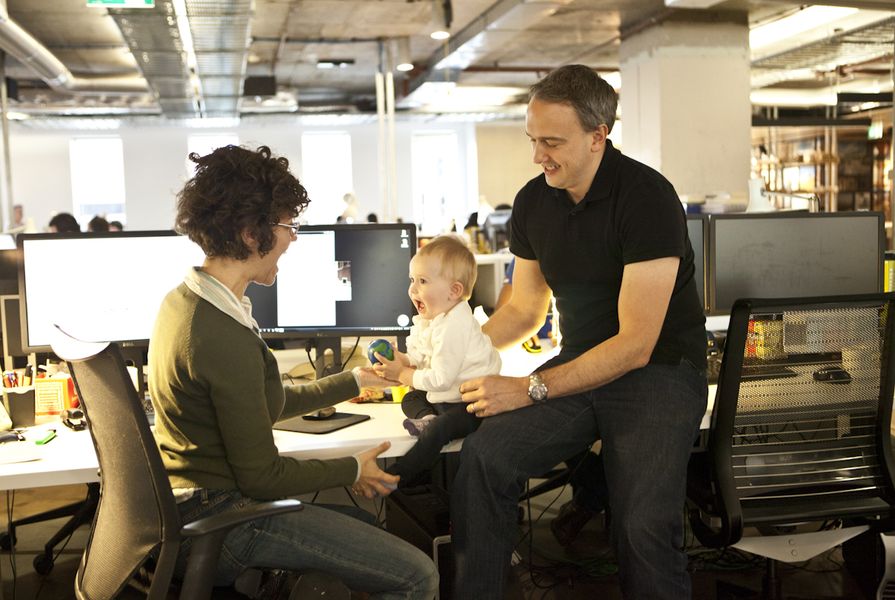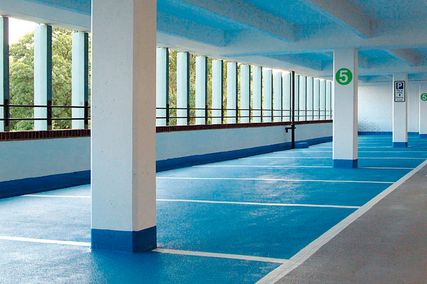Women have been qualified members of the Australian architecture profession for over 110 years, but the Parlour surveys demonstrate that for many women, their experience of the modern profession is one in which their gender still plays a role in their workplace participation and career progress. The issues now might be different from those faced by the profession’s pioneering women architects (few would now openly question a woman’s capacity to physically climb a ladder), but they still have a significant impact in shaping women’s experience.
It is easy to be overwhelmed by the comments made by women in the Parlour survey: they speak of overt and implied discrimination, bullying, unconscious bias, a lack of choices and an architectural culture that prizes sacrifice and commitment. In many instances they suggest the profession has a significant way to go in improving its collective workplace cultures. These issues are not just a “women’s problem”; rather they are a health check on the profession itself. As one respondent to the men’s survey put it:
“I respect the need to promote women in architecture and agree that there is an imbalance between men and women at the senior levels of the profession. At the same time my feeling is that the reason this imbalance has occurred is that women don’t want to work stupidly long hours for very little pay and they want a good work–life balance and time to bring up a family. I also want this and I am hoping that this survey will evidence a changing culture in our profession away from needing to play the game to get to the top and towards a sustainable profession for us all.”
The issue of working hours and flexibility (or lack thereof) garnered many responses in the surveys. Arguably, the issue of working hours is not inherently gendered, but many responses showed that the reasons behind the need for flexibility made a difference. Some respondents noted that flexibility was accommodated for reasons seen as “legitimate” – studying for registration exams or teaching in universities – but not for family commitments. Quite a few noted that only the most senior members of the firm had access to flexible arrangements. The approach that firms took to flexibility varied considerably, from established policies consistently applied to nothing at all. It is clear that some firms have thought through their approach to workplace issues like flexibility, and others have not. But if working conditions are not formally articulated, then the workplace operates on a set of assumptions with the least powerful or secure left at the mercy of perceptions of their worth to the firm.
Why should we assume that employees need to be at their desks, without fail, five days a week for eight or more hours a day? In reality, few of us are: we are increasingly mobile, working on the run, mixing multiple tasks. The days of being tied to a physical drawing desk are gone, so why are our workplace cultures still assuming this? We should also acknowledge that social norms are changing, that fewer and fewer families consist of a stay-at-home wife who frees the husband to dedicate long hours to work. Like it or not, the pressure for work–life balance will increasingly come from both male and female architects, who will actively seek out positions that accommodate this. The challenge is for all of us to imagine and articulate how it could work (not how it couldn’t) in order to build a sustainable architectural culture for the future.
Source

Discussion
Published online: 10 Nov 2014
Words:
Julie Willis
Images:
Nick Bassett
Issue
Architecture Australia, September 2014
















